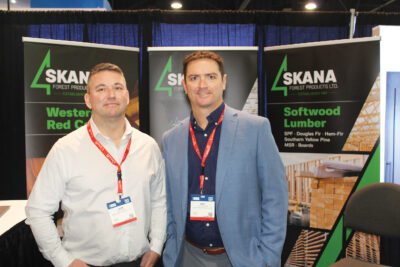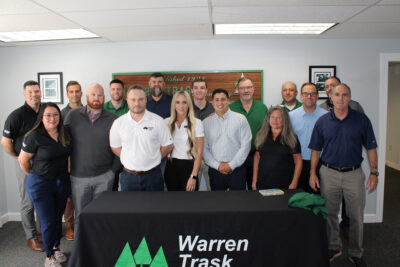by the Softwood Lumber Board (SLB)
Environmental, social and governance (ESG) refers to a series of metrics for measuring and managing the environmental and social performance of business. Historically, ESG has been an issue for publicly traded companies, which are held to specific reporting standards. This is changing. The strong performance of ESG funds has led to an increasing interest among private equity firms to ensure their investments are keeping pace. Private investors are looking for ways to integrate ESG analytics into their investments to boost returns and reduce risk. Privately held businesses share the need to address changing customer demands, shifting market attitudes, and evolving needs of employees to stay relevant.
For individual companies as well as industries as a whole, ESG is emerging as a framework to enhance transparency and communicate action being taken in the important areas covered by its criteria. Effectively reporting on an industry’s ESG performance—which may only require reframing existing efforts with ESG reporting conventions—can enhance its reputation, provide social license to operate, and increase demand for its products.
The drivers of ESG are ultimately about the bottom line: risk (both financial and strategic), value, and performance. Importantly, the audiences for ESG data are diverse and growing. They include public and private investors, banks, credit agencies, customers, and employees, and each comes to the discussion with their own interests. Specific to the lumber industry, these drivers include:
- Risk Management—The industry relies on consistent and predictable weather patterns that ensure the health and vitality of its timber stands. Changing weather patterns resulting in more frequent events and more severe weather bring additional risk, and that risk can affect access to capital, business continuity, and overall competitiveness. Environmental and social performance may also affect the industry’s ability to attract and retain a strong workforce.
- Value Creation—Public customers like Lowes, Home Depot, and 84 Lumber face increased scrutiny from their investors to demonstrate ESG performance in their supply chains. Decision makers in architecture, engineering, and construction community are setting targets with the aim of decarbonizing the built environment. Competitive products like concrete, steel, and composite decking are moving quickly to show their products contribute to positive ESG impacts. All of this signals that improved ESG performance has the potential to increase market share. Additionally, an effective ESG strategy has been shown to increase efficiencies, reduce waste, attract talent, and boost the bottom line. Younger workers are looking for companies that show a commitment to sustainability and that can demonstrate workers will be afforded a safe, diverse, and equitable work environment.
- Performance Improvements—A strategic and proactive approach to ESG performance can improve business outcomes by increasing efficiencies, reducing waste, and empowering employees to work toward shared goals. Through a targeted approach to ESG issues, companies can tap into evolving market trends and identify opportunities for new products and services that enhance market position.
The SLB is working with experts to understand how ESG reporting affects the industry’s reputation and how it can leverage and proactively communicate the positive steps lumber industry companies have already taken in many of the areas considered by ESG criteria. The SLB will also explore how our industry compares with competitors. It is important to remain current and proactive on topics like ESG that can have a material impact on demand for our products, particularly in non-residential construction.
Visit softwoodlumberboard.org to learn more.









